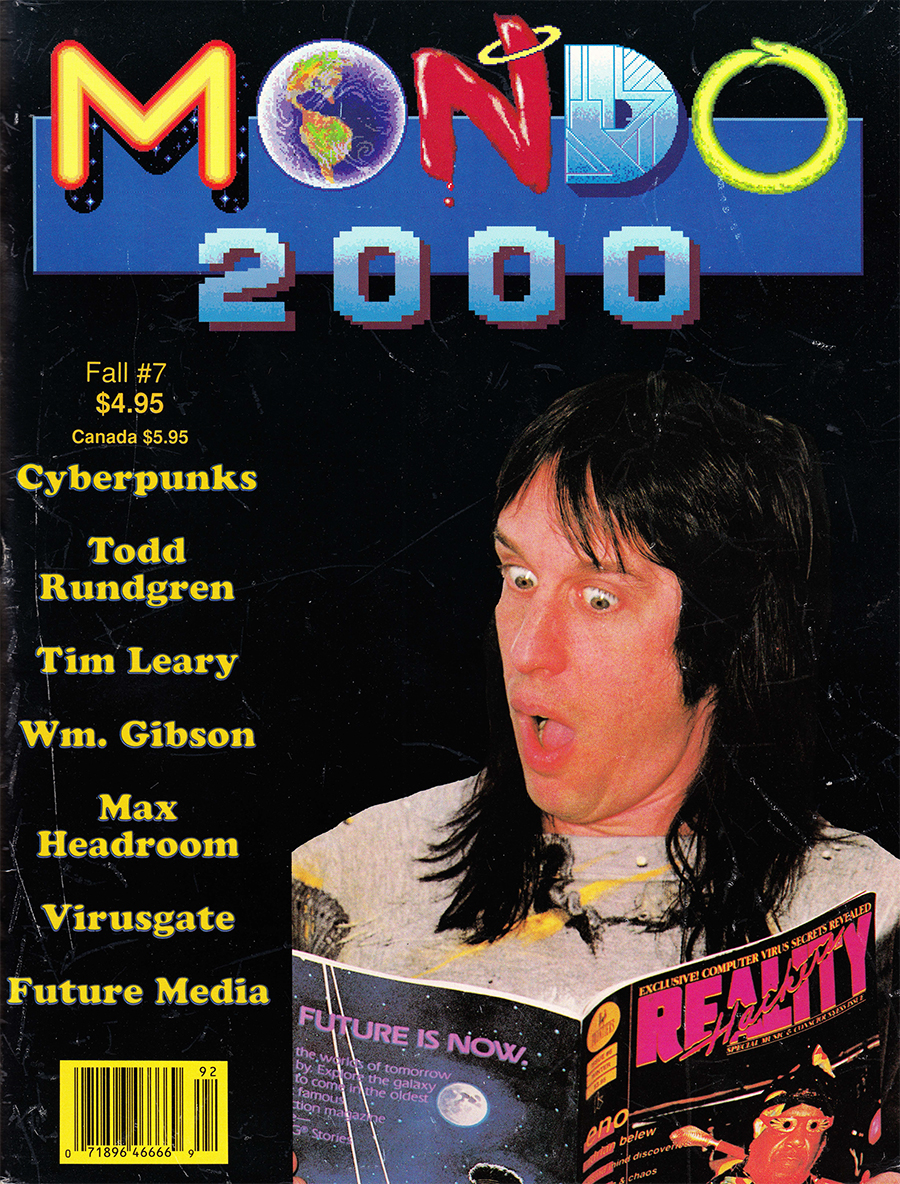31
It is a medium that offers 'random access'; it has no physical beginning, middle, or end (8). This definition suggests that the logic of hypermediacy had to wait for the invention of the cathode ray tube and the transistor. However, the same logic is at work in the frenetic graphic design of cyberculture magazines like Wired and Mondo 2000, in the patchwork layout of such mainstream print publications as USA Today, and even in the earlier "multimediated" spaces of
Dutch painting, medieval cathedrals, and illuminated manuscripts.
It is a medium that offers 'random access'; it has no physical beginning, middle, or end (8). This definition suggests that the logic of hypermediacy had to wait for the invention of the cathode ray tube and the transistor. However, the same logic is at work in the frenetic graphic design of cyberculture magazines like Wired and Mondo 2000, in the patchwork layout of such mainstream print publications as USA Today, and even in the earlier "multimediated" spaces of
Dutch painting, medieval cathedrals, and illuminated manuscripts.
It is a medium that offers 'random access'; it has no physical beginning, middle, or end (8). This definition suggests that the logic of hypermediacy had to wait for the invention of the cathode ray tube and the transistor. However, the same logic is at work in the frenetic graphic design of cyberculture magazines like Wired and Mondo 2000, in the patchwork layout of such mainstream print publications as USA Today, and even in the earlier "multimediated" spaces of
Dutch painting, medieval cathedrals, and illuminated manuscripts.
It is a medium that offers 'random access'; it has no physical beginning, middle, or end (8). This definition suggests that the logic of hypermediacy had to wait for the invention of the cathode ray tube and the transistor. However, the same logic is at work in the frenetic graphic design of cyberculture magazines like Wired and Mondo 2000, in the patchwork layout of such mainstream print publications as USA Today, and even in the earlier "multimediated" spaces of
Dutch painting, medieval cathedrals, and illuminated manuscripts.
It is a medium that offers 'random access'; it has no physical beginning, middle, or end (8). This definition suggests that the logic of hypermediacy had to wait for the invention of the cathode ray tube and the transistor. However, the same logic is at work in the frenetic graphic design of cyberculture magazines like Wired and Mondo 2000, in the patchwork layout of such mainstream print publications as USA Today, and even in the earlier "multimediated" spaces of
Dutch painting, medieval cathedrals, and illuminated manuscripts.
It is a medium that offers 'random access'; it has no physical beginning, middle, or end (8). This definition suggests that the logic of hypermediacy had to wait for the invention of the cathode ray tube and the transistor. However, the same logic is at work in the frenetic graphic design of cyberculture magazines like Wired and Mondo 2000, in the patchwork layout of such mainstream print publications as USA Today, and even in the earlier "multimediated" spaces of
Dutch painting, medieval cathedrals, and illuminated manuscripts.
 Source type: picture
Source type: pictureInfo: OJ Simpson newspaper, verdict USA Today
Original size: 1600x1227 px. Edit
 Log-in
Log-in Source type: picture
Source type: picture Source type: picture
Source type: picture


